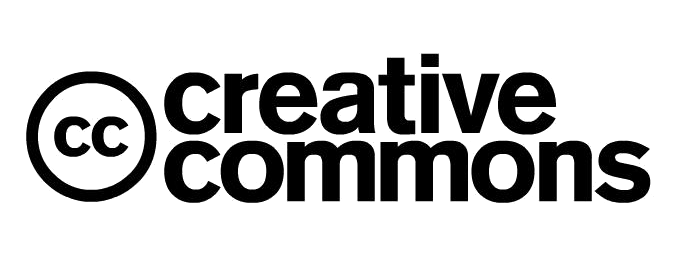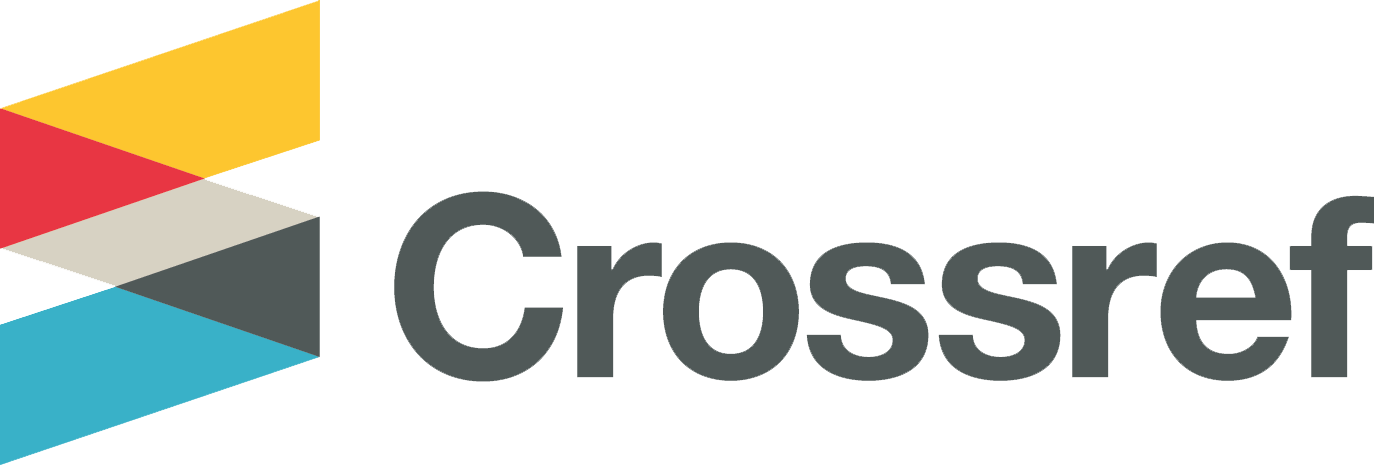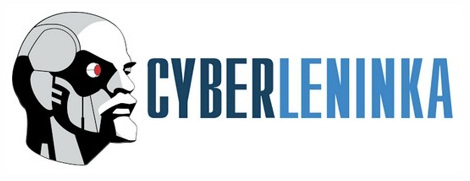NEW RECORDS OF PYRALID MOTHS (INSECTA, LEPIDOPTERA, PYRALOIDEA) IN THE LOWER AMUR
DOI:
https://doi.org/10.33910/1999-4079-2010-2-1-57-60Keywords:
pyralid moths, Lepidoptera, Pyraloidea, Lower Amur RegionAbstract
35 species of pyralid moths are listed in addition to the known fauna of the Lower Amur region; one species – Acrobasis (Yamanakia) canella Yamanaka 2003 is reported from Russia for the first time.
References
Дубатолов В.В., Стрельцов А.Н., 2008. Огневкообразные чешуекрылые (Lepidoptera, Pyraloidea) Нижнего Амура // Проблемы экологии Верхнего Приамурья: cб. науч. тр.: в 2-х т. / под общ. ред. профессора Л.Г. Колесниковой. Благовещенск: Изд-во БГПУ. Вып. 10. Т. 2. С. 20-50.
Дубатолов В.В., Стрельцов А.Н. Огневкообразные чешуекрылые (Lepidoptera, Pyraloidea) Большехехцирского заповедника // Животный мир Дальнего Востока: сб. науч. тр. / под общ. ред. А.Н. Стрельцова. Благовещенск: Изд-во БГПУ, 2007. Вып. 6. С. 80-86.
Кирпичникова В.А., 1987. О фауне огневок (Lepidoptera, Pyralidae) восточного участка БАМ // Насекомые зоны БАМ. Новосибирск: Наука. С. 52-62.
Стрельцов А. Н., Дубатолов В.В., 2009. Acrobasis sasakii Yamanaka, 2003 – новый вид узкококрылых огневок (Lepidoptera: Pyraloidea, Phycitidae) для фауны России // Амурский зоологический журнал. I (3). С. 219-220.
Roesler R.U., 1973. Phycitinae. Trifine Acrobasiina // Microlepidoptera Palaearctica. P. Wien: Verlag georg Fromme & CO. Bd. 4. 752 S.
Yamanaka H., 2003. Descriptions of four new species of Acrobasis Zeller from Japan (Pyralidae, Phycitinae) // Tinea. 17 (4), P. 165-172.
Downloads
Published
Issue
Section
License
Copyright (c) 2010 V. V. Dubatolov, A. N. Streltzov

This work is licensed under a Creative Commons Attribution-NonCommercial 4.0 International License.
The work is provided under the terms of the Public Offer and of Creative Commons public license Creative Commons Attribution 4.0 International (CC BY 4.0).
This license permits an unlimited number of users to copy and redistribute the material in any medium or format, and to remix, transform, and build upon the material for any purpose, including commercial use.
This license retains copyright for the authors but allows others to freely distribute, use, and adapt the work, on the mandatory condition that appropriate credit is given. Users must provide a correct link to the original publication in our journal, cite the authors' names, and indicate if any changes were made.
Copyright remains with the authors. The CC BY 4.0 license does not transfer rights to third parties but rather grants users prior permission for use, provided the attribution condition is met. Any use of the work will be governed by the terms of this license.







